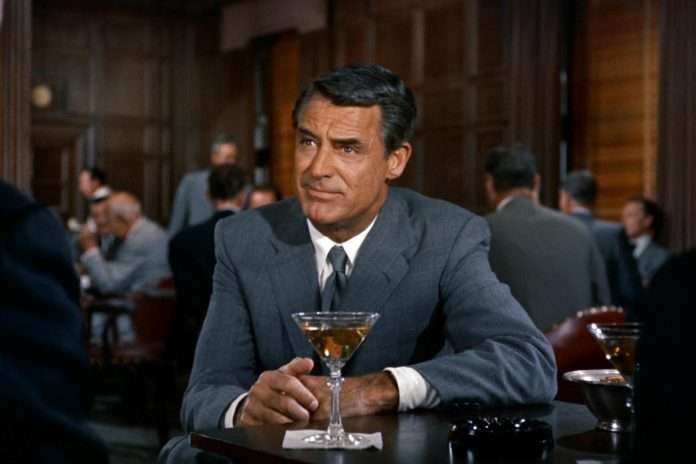There hadn’t been a leading man in Hollywood before, nor has there been one since, quite like Cary Grant. The subject of the new series, Archie, changed the game. He also changed perceptions about the psychedelic LSD and its therapeutic benefits.
The 1950s witnessed a plethora of scientific and medical advancements. The polio vaccine was introduced, there were big breakthroughs in heart surgery, and the first successful kidney transplant happened, among other achievements. One of the decade’s biggest breakthroughs though was in mental health treatment with the widespread experimentation of LSD (lysergic acid diethylamide) in an attempt to better understand the human psyche. Medical professionals, researchers, and government agencies, including the CIA, all played a role in promoting LSD’s intrigue, potential, and, eventually, its controversy.
Chief among its champions was Cary Grant, one of Hollywood’s most charismatic and enduring leading men, and the subject of the new ITV Studios miniseries, Archie. Born Archibald Leach in Bristol in 1904, Grant’s use of LSD during the late 1950s and early 1960s helped propel LSD to national attention.
LSD discovery and early experiments
LSD was first synthesized in 1938 by Albert Hofmann, a Swiss chemist who worked at the Sandoz Laboratories in Basel. However, it wasn’t until 1943 that Hofmann accidentally ingested a small quantity of the chemical and recognized its powerful psychedelic effects. The 1950s saw Sandoz Laboratories distributing LSD to researchers worldwide, sparking widespread interest in its potential therapeutic applications.
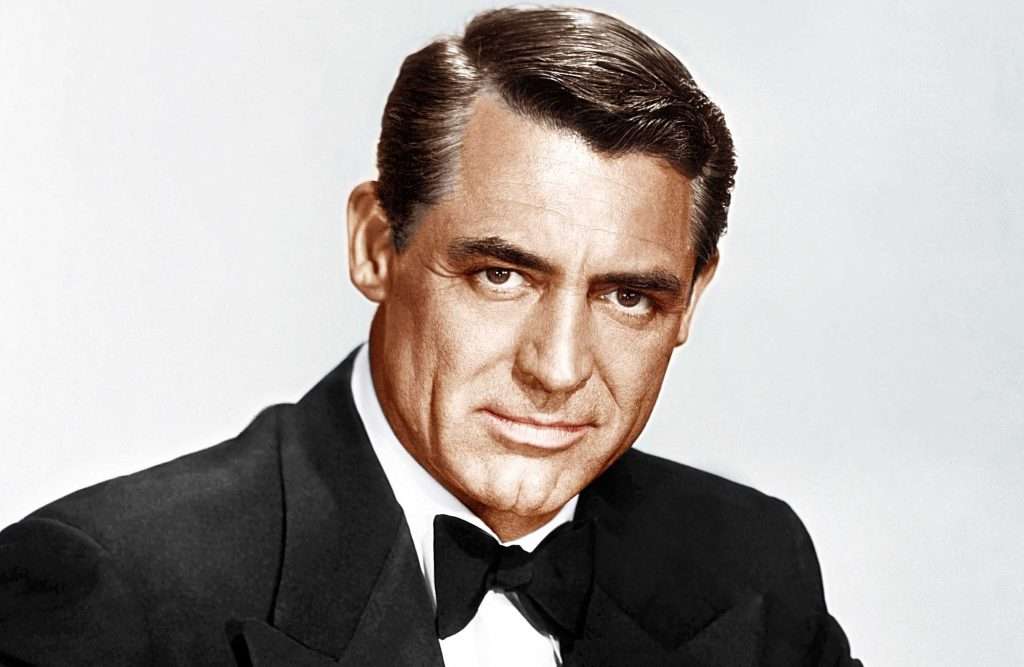
In the early phase of LSD research during the ’50s, the compound was primarily explored as a treatment for mental disorders, particularly schizophrenia. The rationale behind this was that the hallucinogenic effects of LSD mimicked the symptoms of schizophrenia, potentially allowing researchers and therapists a firsthand insight into the experiences of their patients. It was also believed that LSD could break down established thought patterns and provide a ‘reset’ for individuals with entrenched mental health issues.
CIA’s MK Ultra program
Parallel to the therapeutic potential, the 1950s also saw the dark side of LSD experimentation, most infamously with the Central Intelligence Agency’s MK Ultra program. Initiated in the early ’50s, MK Ultra aimed to study mind control, chemical interrogation, and other forms of psychological manipulation. LSD was seen as a potential tool in this quest.
Often unbeknownst to the subjects, who were often U.S. prisoners, the CIA administered LSD in numerous experiments, hoping to harness its effects for espionage and possibly as a form of ‘truth serum’. These trials, conducted often without informed consent, led to several disturbing incidents, including severe mental distress, and, in some cases, the death of participants.
One of the most well-known cases of experimental LSD was reported by organized crime boss Whitey Bulger, who claimed he was used as a human subject in the experimental program while in prison. “The project was a violation of my rights, using prisoners for dangerous tests,” Bulger wrote of the experience.
“I kept silent because I thought they might commit me to a mental institution,” he said. “I never slept more than two or three hours a night, waking up in cold sweats with side effects. The tests damaged my sleep and gave me nightmares. I had to sleep with the lights on and only for a few hours at a time. The government used us and never tried to help us out after injecting us with government LSD. I’ve had brain scans that told me I was damaged by the tests. The government did a number on us and walked. If anybody opened a shop selling LSD in my neighborhood he would have lost his life.”
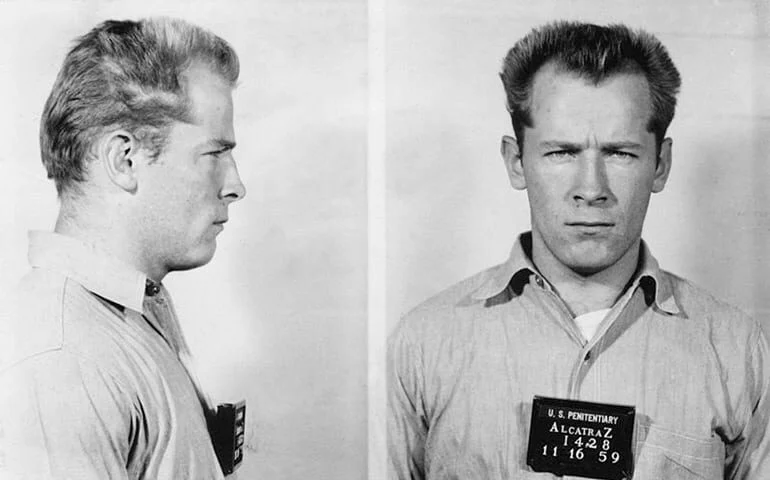
Despite the shadows of MK Ultra, many in the medical community remained optimistic about the potential benefits of LSD. Leading figures such as Dr. Humphry Osmond and Dr. Abram Hoffer explored its application for alcoholism, suggesting that a single, controlled LSD experience could provide alcoholics with the insight needed to confront and combat their addiction. Early results were promising, with some studies indicating a 50 percent success rate. Research in recent years has also shown significant potential of psychedelic substances in alcohol use disorder.
Cary Grant’s LSD use
From the 1930s to the ’70s, no actor was as revered as Grant, whose performances moved seamlessly from comedies to thrillers to romance. Films like An Affair to Remember, Charade, and North by Northwest solidified his status as a cinematic legend. But off the screen, Grant’s life was marked by tragedy and complexity. His mother suffered from mental health problems and was institutionalized when he was a child, and his father was distant. Grant’s early life traumas continued to affect him in his adult life, despite his fame and success. He was married five times and was known to struggle with issues relating to his identity and self-worth. The actor famously said even he “wanted to be Cary Grant.”
“I have spent the greater part of my life fluctuating between Archie Leach and Cary Grant,” he once said. “Unsure of each, suspecting each.” It was these personal struggles that eventually led him to Dr. Mortimer Hartman, a Beverly Hills radiologist-turned-psychiatrist who was using LSD as part of his therapeutic practice.
Grant underwent numerous LSD therapy sessions, starting when he was in his mid-50s. The North By Northwest actor took the drug weekly, according to reports, and fervently endorsed its transformative effects. “At last, I am close to happiness,” he told Look magazine in 1959 about his LSD use.
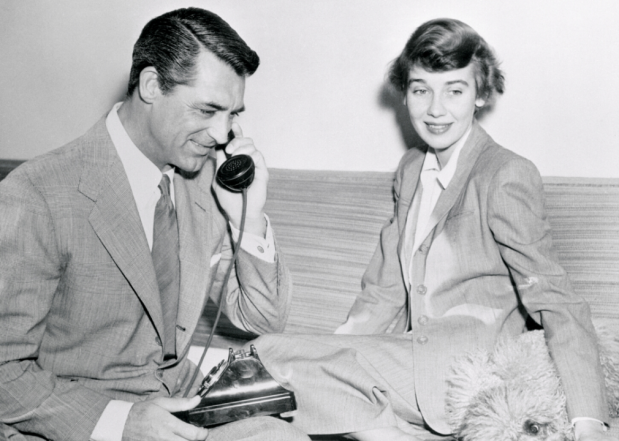
At the time, LSD — legal then — was being explored by therapists as a means to unlock repressed emotions and insights. Grant was intrigued by the potential for self-discovery and embarked on an estimated 100 sessions under Hartman’s guidance. Hartman told Look magazine in 1959 that LSD “intensifies emotion and memory a hundred times.”
Grant turned to Hartman, whom he would eventually refer to as “my wise Mahatma,” following in the footsteps of his third wife, actress Betsy Drake, who found relief in sessions with the doctor.
“When I first started under LSD, I found myself turning and turning on the couch,” Grant said in an interview. “I said to the doctor, ‘Why am I turning around on this sofa?’ and he said ‘Don’t you know why?’ and I said I didn’t have the vaguest idea, but I wondered when it was going to stop. ‘When you stop it,’ he answered. Well, it was like a revelation to me, taking complete responsibility for one’s own actions. I thought ‘I’m unscrewing myself.’ That’s why people use the phrase, ‘all screwed up.’ ”
As the 1950s progressed, challenges to the optimistic view of LSD became more pronounced. Some patients undergoing LSD therapy reported disturbing experiences, exacerbated mental health issues, and even instances of self-harm or suicide. The unpredictable nature of LSD “trips,” influenced by set (the individual’s mindset) and setting (the environment), meant that outcomes varied dramatically between individuals.
Grant’s LSD use is detailed in the 2017 documentary Becoming Cary Grant. “Like all documentary makers, we started out looking at the construction of Cary Grant,” producer Nick Ware told The Guardian. “But we ended up deconstructing him through the LSD sessions.”
“He claimed he was saved by LSD,” said Mark Kidel, the film’s director. “You have to remember that Cary was a private man. He rarely gave interviews. And yet, after taking acid, he personally contacted Good Housekeeping magazine and said: ‘I want to tell the world about this. It has changed my life. Everyone’s got to take it.’ I’ve also heard that Timothy Leary read this interview, or was told about it, and that his own interest in acid was essentially sparked by Cary Grant.”
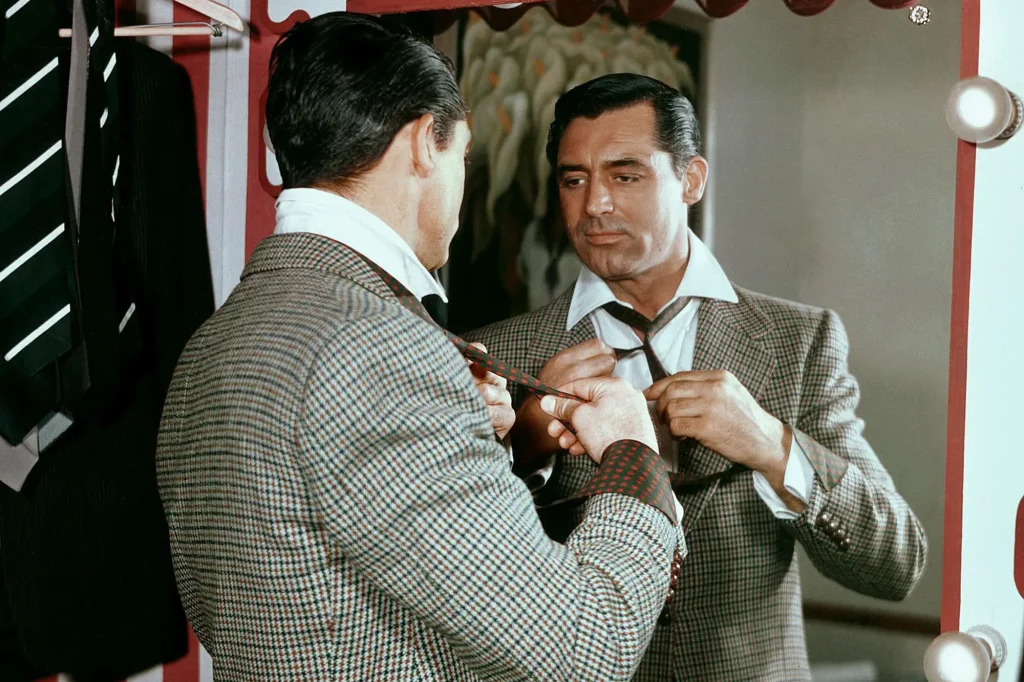
By the late ’50s, recreational use of LSD began to emerge, particularly in the burgeoning countercultural circles. The boundary between therapeutic application and recreational use became increasingly blurry, leading to heightened concerns about the substance’s safety and societal impact.
Grant contended his experiences with LSD were profound and transformative. He described vivid hallucinations, intense emotions, and deep personal insights. In an interview with Look magazine in 1959, Grant was quoted as saying, “I wanted to rid myself of all my hypocrisies. I wanted to work through the events of my childhood, my relationship with my parents, and my former wives. I did not want to spend years in analysis.”
The therapy allowed Grant to confront his past traumas, especially his relationship with his mother. He claimed that LSD allowed him to reconnect with the lost child within himself, healing wounds that had been festering for years.
Grant’s experimentation with LSD also reportedly influenced his choice of roles and performances, too. Films such as Charade and Father Goose showcased a new facet of Grant’s acting, with characters who displayed a more introspective and nuanced depth. The public’s perception of Grant began to shift, as he became associated with a broader range of emotional vulnerability and introspection.
But Grant’s public endorsement of LSD was controversial. While some applauded his openness and believed in the therapeutic potential of the drug, others saw it as reckless and irresponsible. The medical community was divided, and LSD’s reputation as a legitimate therapeutic tool was hotly debated, leading to its classification as a Schedule 1 by the DEA. (Schedule I drugs are labeled as having no currently accepted medical use and a high potential for abuse, despite no evidence that LSD is addictive.)
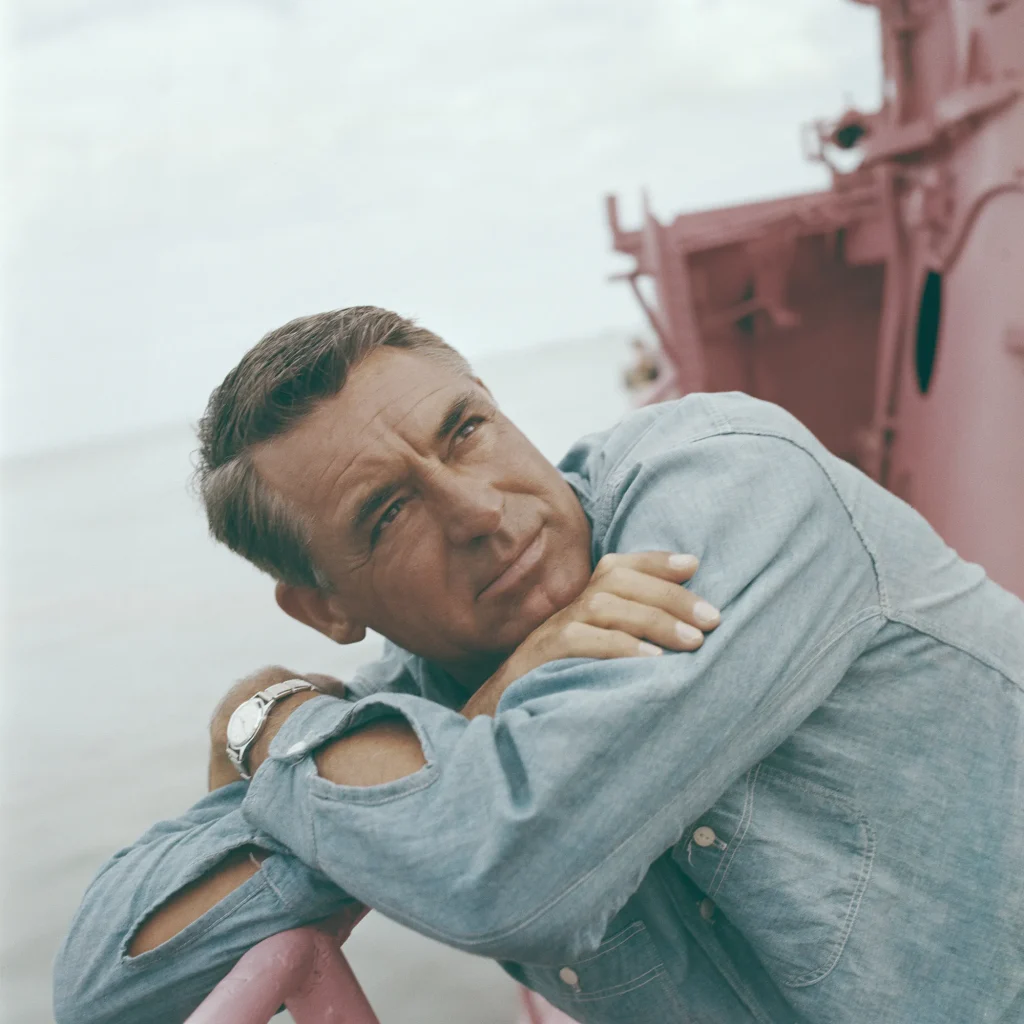
The post-war era was characterized by immense faith in the power of science and medicine to overcome human challenges, leading to ambitious and often unchecked experimentation. The use of LSD posed philosophical questions about the nature of reality, the fragility of the human mind, and the ethics of tampering with either.
Grant, who died in 1986, maintained an openness about his experiences with LSD and how they may have played a part in changing public perceptions of mental health and therapy. “It takes a lot of courage to take this drug,” he said, calling it a “tremendous jolt” to your mind and ego.
“I know that all my life, I’ve been going around in a fog,” Grant said. “You’re just a bunch of molecules until you know who you are.”
Related on Ethos:

